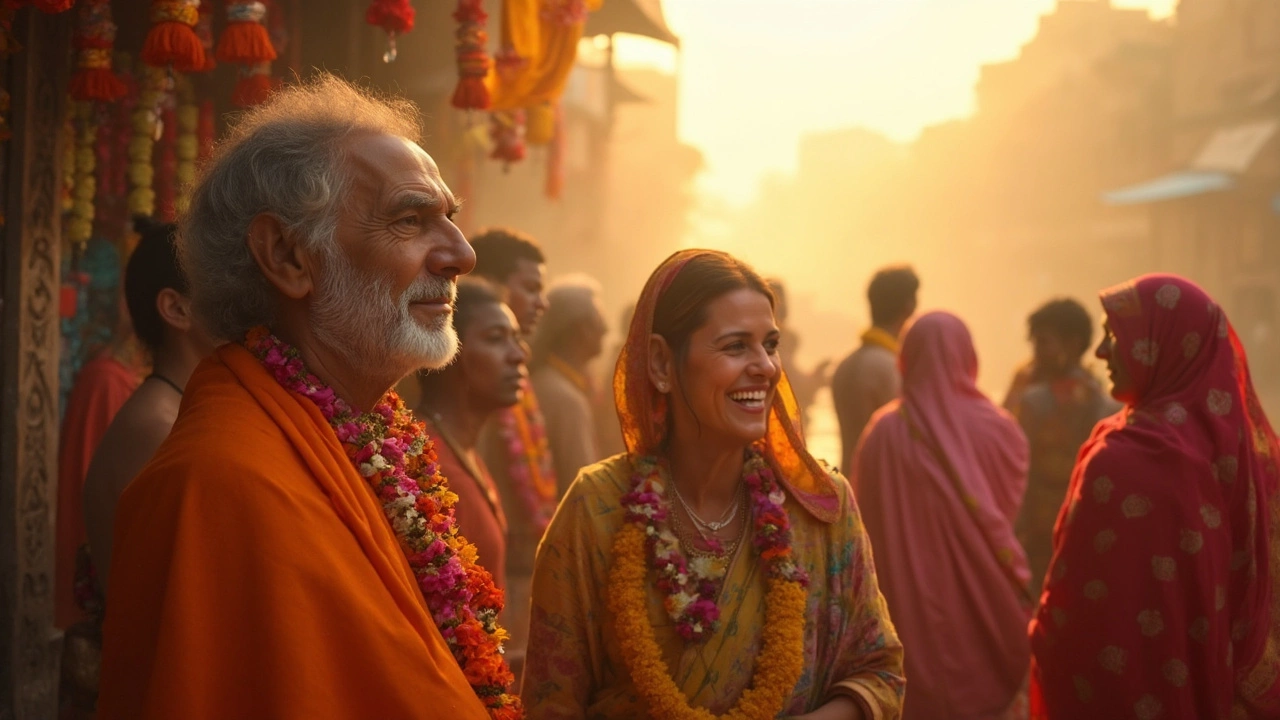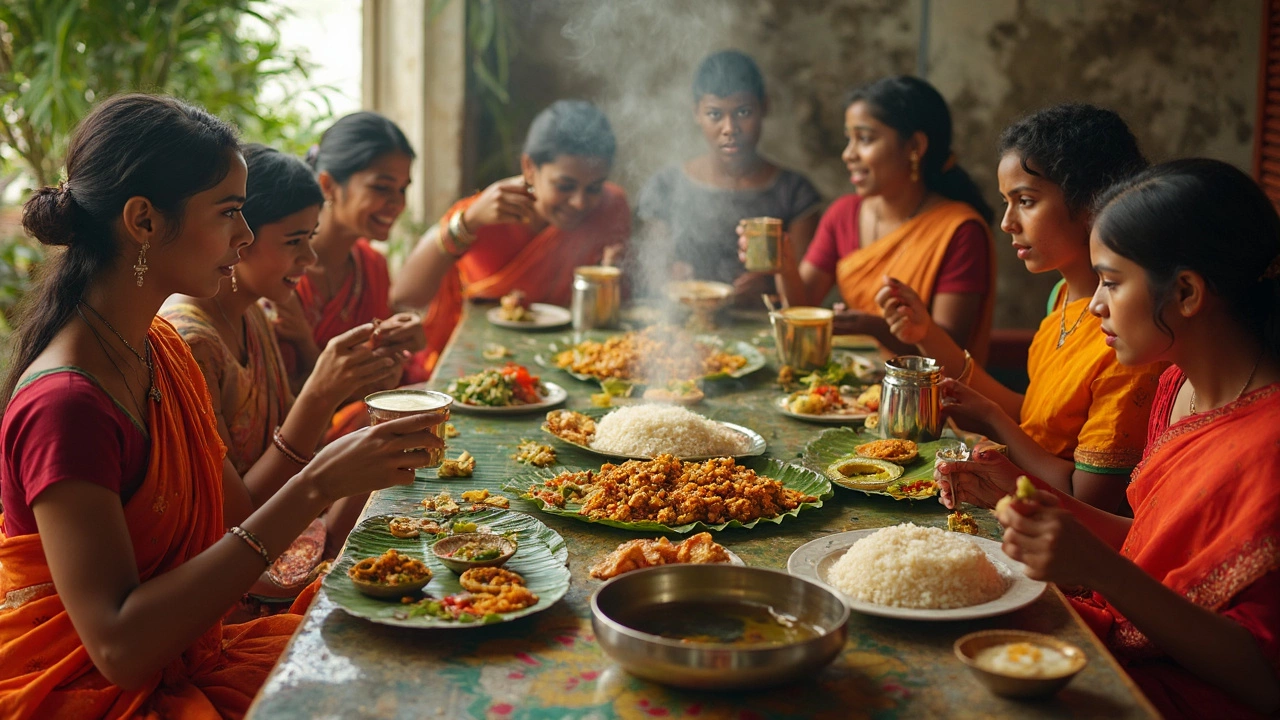SEARCH
Indian Food: Must‑Try Dishes, Regional Flavors, and Safe Eating Tips
If you’re planning a trip to India, food should be at the top of your checklist. From buttery paneer in the north to spicy fish curries in the south, every state has a signature bite that tells a story. The good news? You don’t need a culinary degree to enjoy it. Below you’ll find a quick rundown of the dishes you shouldn’t miss, plus easy tips to keep your stomach happy while you explore.
Must‑Try Dishes Across India
North: Start with dal‑bhat in Punjab – a hearty mix of lentils, rice, and a dollop of ghee. If you’re near Delhi, grab a plate of chole bhature, a spicy chickpea stew with fluffy deep‑fried bread. In Kashmir, the aromatic gushtaba (meatballs in a yogurt sauce) is a festival‑time favorite.
South: Kerala’s appam with stew is a soft rice pancake paired with coconut‑based veg or chicken stew. Andhra Pradesh is famous for its fiery pani puri and gulab jamun – sweet balls soaked in syrup. Don’t forget Karnataka’s Udupi masala dosa, a thin crispy crepe filled with spiced potatoes.
East: In West Bengal, a plate of machher jhol (fish curry) with steamed rice is a daily staple. Try the sweet roshogolla for dessert. Odisha’s pakhala bhata – fermented rice water – may sound odd, but locals swear by its cooling effect in summer.
West: Gujarat offers the legendary dhokla – fluffy steamed rice‑chickpea cakes – perfect for a snack. Maharashtra’s street‑food legend, vada pav, is a spicy potato fritter sandwiched in a bun, best enjoyed with a side of chutney.
These dishes cover the basics, but Indian cuisine is deeper than a list. If you have an extra day, ask locals for hidden gems – a roadside paratha stand in Lucknow or a family‑run thali in Mysore can become the highlight of your trip.
Eating Safely While Traveling
Food safety worries are common, but a few simple habits keep you on track. First, opt for places that cook food fresh in front of you. Street stalls with high turnover mean the food isn’t sitting out for hours. Second, watch the water – stick to bottled or filtered water, and avoid ice unless you’re sure it’s from a clean source.
Spice levels vary wildly. If you’re not used to heat, start with milder dishes like butter chicken or saag paneer and ask the server to tone down the chilies. For those with a sensitive stomach, plain rice, dal, and roti are gentle anchors.
Pro tip: Carry a small pack of oral rehydration salts or a sachet of electrolytes. They’re cheap, easy to use, and a lifesaver if you end up with a mild upset.
Finally, trust your instincts. If a restaurant looks dirty, smells off, or the staff seem rushed, move on. India offers countless clean, tasty options – you’ll find them before long.
With these dish recommendations and safety tips, you’re ready to taste the real India without the guesswork. Dive in, follow your nose, and let the flavors guide your adventure. Bon appétit!

Why Foreigners Love to Visit India: Culture, Food, History & Surprises
What attracts foreigners to visit India? Dive into the real reasons: culture, food, ancient history, and India's surprising moments, with helpful tips and facts.
Continue reading
Typical South Indian Lunch: What to Expect on Your Plate
Curious about what locals eat for lunch in South India? This article breaks down a classic South Indian lunch plate, including the essential dishes, eating habits, and small tips that make the meal truly local. Find out what flavors and textures to expect, and learn why this midday meal looks nothing like you’ll find in the north. Grab tips for ordering at restaurants and picking up on mealtime rituals. Perfect for travelers or foodies who want to experience the real taste of the south.
Continue reading